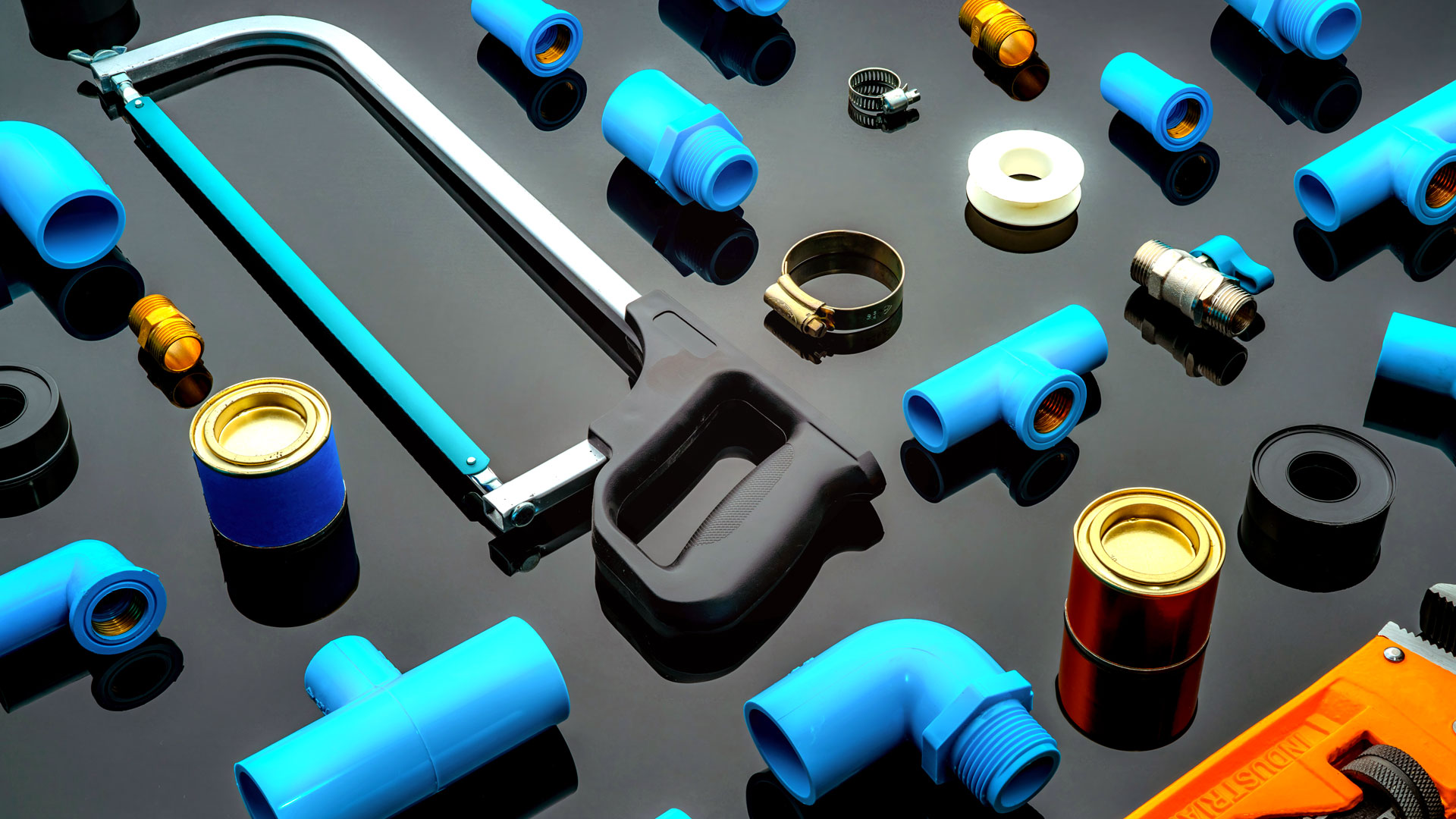The way the construction industry manages product data throughout a project’s lifecycle is far from lean. The process involves manual re-entry at each step and repeated quantity takeoffs using the same data by designers, contractors, and manufacturers. We could prevent this costly and unnecessary work by systematically managing product data.
At the May 20 Round Table event in Helsinki, it became clear that Finland is emerging as a frontrunner in addressing the challenge of AI and data-driven supply chain processes. Several experts shared their insights on how MEP products are becoming the showcase for the new industrialized process.
Rakennustieto Oy, Finland’s leading provider of construction information, hosted the Round Table. The popular event series addresses critical and current issues in the Finnish construction sector, aiming to promote systemic change, enhance productivity, and support sustainable building practices.
Standardized BIM as the first step
Tero Järvinen of Granlund demonstrated how a well-structured MEP BIM model is a foundation for successful product data management. He said that what he shows is 70% real already, but the remaining 30% will soon become reality.
The Finnish construction sector has standardized the BIM property sets, property names, and the possible values for the properties. “We have listed over 850 MEP or product components,” Järvinen explained. “This is the world’s simplest way to standardize and provide machine-readable and machine-understandable MEP IFC data.”
Järvinen pointed out that designers don’t initially use commercial product data as property values, partly because software developers have not, so far, used standardized values. He also visualized with Solibri how a standardized MEP model gets automatically classified into various systems, regardless of who created the model.
However, a standard model alone is not enough; connecting it to actual products unlocks real value.
From EBOM to MBOM
A standardized MEP IFC enables the automated creation of an Engineering Bill of Materials, EBOM. That can be turned into a Manufacturing Bill of Materials, MBOM, by mapping the “generic” products’ data with actual products.
Mikko Suhonen and Aino Hukkanen, Co-founders of Complink, explained how their platform reads designers’ standardized IFC files and processes them into structured data that AI agents can use for QTOs, procurement, or CO2 calculations at any stage of the project. They gave a short demo of how AI searched and provided alternatives for products based on the design model. Complink also links back the enriched data to the design models.
Juuso Autiosalo, the founder of Twinbase, approached product data from a product database perspective. His startup develops tools for facilitating the seamless flow of semantic data between manufacturers, national product databases, wholesale companies, and all other stakeholders that use and provide product data.
From procurement to the construction site
Once product data is structured, it can drive smarter procurement and logistics.
General contractor Fira’s Otto Alhava and Hanna Jussila from Onninen, a wholesaler, discussed how standardized product data can be enriched and used in the supply chain, specifically in the order-to-delivery process.
Finland and other Northern countries are standardizing the exchange or construction order documents with PEPPOL, Pan-European Public Procurement Online. It is an existing framework for electronically exchanging business documents, such as invoices, orders, and shipping notices.
Once PEPPOL is implemented, orders and deliveries to the construction site can be fully digitalized. Each product is identified with a GTIN (Global Trade Item Number), while shipments are tracked using SSCCs (Serial Shipping Container Codes).
“There will be other things beeping on the jobsite besides microwave ovens,” Alhava joked, referring to the sound of barcode readers that record the incoming products.
Automating with AI agents
Osku Torro, a researcher at Tampere University, examined how AI can meet the evolving needs of product management. He stated that the current level of AI technology is already sufficiently advanced to create an intelligent supply chain.
One of the applications he highlighted was using AI to create the data foundation. AI can utilize various data sources, such as spreadsheets, PDFs, and databases, to convert existing product data into standardized formats. He also promoted converting BIM models into knowledge graphs.
Tommi Arola of Rakennustieto added that they are exploring two methods to extract and enrich BOMs from BIM models: IfcOpenShell and knowledge graphs.
“We’re entering a world where we can automate process pipelines with a Bill of Materials,” Arola envisioned. For example, a CO2 expert agent can use the data to select products that optimize emissions.
Scaling up
As other presenters pointed out, meeting the requirements of EU sustainability regulation, project passports, and owners’ interests will all benefit from systematized and digitalized supply chain processes.
When you connect the enriched data to ERPs and other business systems, the entire value chain becomes more transparent, traceable, and responsive. Procurement teams can make smarter, greener decisions, logistics can be optimized in real time, and contractors gain greater control over project execution. Ultimately, this integration lays the groundwork for automated compliance reporting, predictive planning, and the development of new data-driven business models.
If the ideas shared at the Round Table gain traction, Finland could become a model for digitalizing and decarbonizing construction supply chains across Europe.
View the original article and our Inspiration here


Leave a Reply